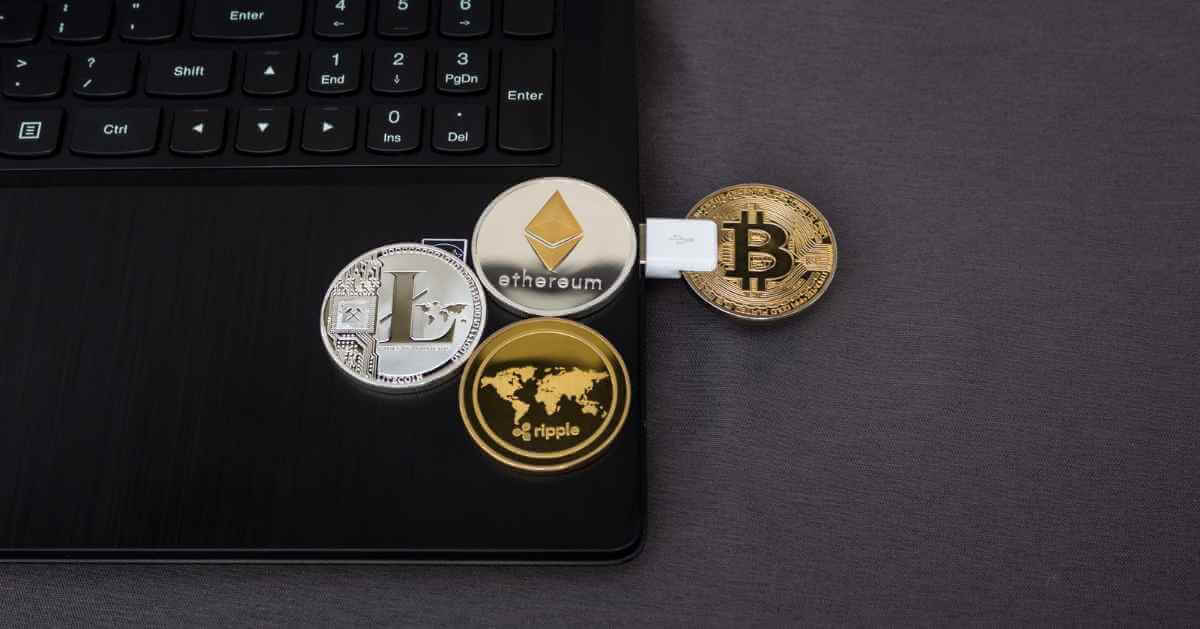The Security Challenges of Litecoin and How to Mitigate Them

Introduction to Litecoin
Litecoin is a peer-to-peer digital currency that enables instant, near-zero cost payments to anyone in the world. It is an open-source, global payment network that is fully decentralized. Litecoin is often considered the “silver to Bitcoin’s gold” and is one of the oldest and most well-established cryptocurrencies in the market.
Thank you for reading this post, don't forget to subscribe!Security Challenges of Litecoin
Despite the many benefits of Litecoin, it also faces security challenges that can put users’ funds at risk. Some of the most common security challenges of Litecoin are:
Double Spending
Double spending is a potential issue in any decentralized digital currency system. Double spending occurs when someone spends the same funds twice, causing a conflict in the network. Limmercoin, a cryptocurrency similar to Litecoin, utilizes a consensus mechanism called Proof of Work (PoW) to prevent double-spending. However, it is still vulnerable to 51% attacks, where a group of miners controls more than 51% of the network’s hashing power and can manipulate the network.
Phishing Attacks
Phishing attacks are common in the cryptocurrency world, and Litecoin is not immune to them. Phishing attacks occur when hackers trick users into revealing their private keys or login credentials. Hackers can use this information to steal users’ funds. To prevent phishing attacks, users should always double-check the URL and ensure they are using the official Litecoin wallet or exchange.
Malware and Hacking Attacks
Malware and hacking attacks are a major security challenge for all cryptocurrencies, including Litecoin. Malware can infect a user’s device and steal their private keys, while hackers can gain access to a user’s wallet or exchange account through various means. To prevent malware and hacking attacks, users should always use a reputable antivirus program and keep their software up to date. Additionally, users should enable two-factor authentication and use a strong password for their wallet or exchange account.
Mitigating Security Challenges of Litecoin
To mitigate the security challenges of Litecoin, users can take the following steps:
Use a Secure Wallet
Using a secure wallet is essential to keeping your Litecoin safe. A secure wallet should have advanced security features such as multi-factor authentication, cold storage, and encryption. Additionally, users should ensure that they are using the official Litecoin wallet and not a fake wallet that may contain malware.
Keep Your Private Keys Safe
Private keys are the keys to your Litecoin wallet, and anyone who has access to them can steal your funds. Therefore, it is essential to keep your private keys safe and secure. Users should never share their private keys with anyone and should always keep them in a secure location.
Use a Reputable Exchange
Using a reputable exchange is important to ensure that your Litecoin is safe. A reputable exchange should have advanced security features such as two-factor authentication, cold storage, and encryption. Additionally, users should ensure that they are using the official Litecoin exchange and not a fake exchange that may contain malware.
Educate Yourself
Education is the key to mitigating the security challenges of Litecoin. Users should educate themselves on the best practices for keeping their Litecoin safe, such as using a secure wallet, keeping their private keys safe, and using a reputable exchange.
Conclusion
In conclusion, Litecoin is a popular cryptocurrency that faces its own set of security challenges. To mitigate these challenges, users should take steps such as using a secure wallet, keeping their private keys safe, using a reputable exchange, and educating themselves on the latest security threats. By taking these steps, users can help ensure the safety and security of their Litecoin funds.
